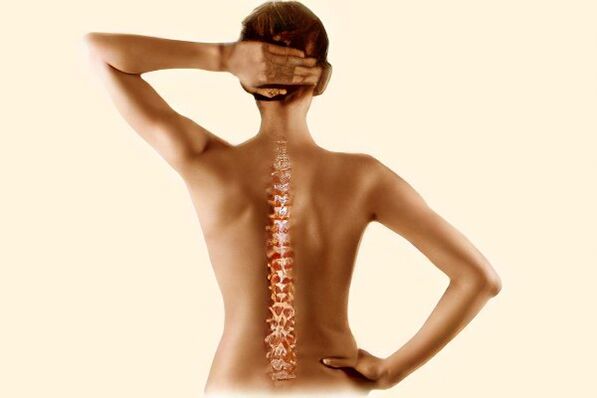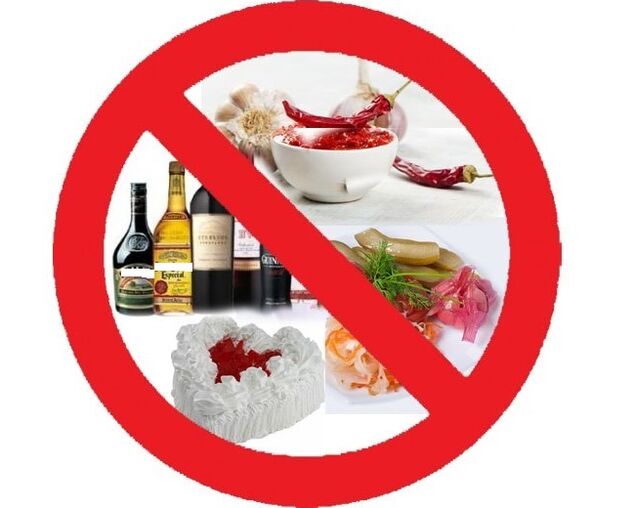
Many people often hear, but do not know exactly what osteonecrosis is. In fact, this disease is not so rare. This disease is characterized by dystrophic degenerative lesions of the vertebral tissues, further deforming the intervertebral discs, as well as the adjacent ligaments of the spinal apparatus.
As a rule, the pathology negatively affects the ligaments first, and then the bones and other tissues. The patient went to the doctor when he began to experience frequent pain.
Statistics show that spinal tumours affect 50-90% of the world's population. Symptoms of osteonecrosis usually appear in people past the age of 30, but there is a risk of onset of symptoms even in adolescence.
Stages of disease development
In medicine, there are several stages of the disease process:
- in stage 1Dehydration of the nucleus pulposus is observed, which, in turn, leads to the appearance of deformations in the fibrous ring. The initial stage is characterized by the development of symptoms within the vertebral disc. Signs of osteonecrosis are not obvious. Treatment of osteonecrosis at this stage can be carried out with the help of exercise therapy and massage;
- in stage 2after a change in the height of the discs and after dehydration of the ligaments, the muscles begin to clump. This causes them to sag. Signs of osteonecrosis also include excessive mobility in the vertebral region. This can cause displacement of the vertebrae;
- at stage 3Signs of osteonecrosis become most obvious, as the patient may have a protruding disc or even prolapse. In addition, due to changes in the bones and muscles, the joints begin to be affected, which is the cause of the formation of dry joints;
- at stage 4The patient's spine has adapted to the changes that have occurred. The body tries to immobilize the spine as much as possible to maintain its protective as well as skeletal muscle function. At the same time, osteocytes begin to spread in the intervertebral discs - bone growth forms on nearby vertebrae. As a result, bone-forming substances can cause damage to nerve endings. As a result, they never change.
Cause of disease
Signs of osteonecrosis can occur for the following reasons:
- spinal cord injury;
- predisposition to diseases of the musculoskeletal system;
- natural aging process;
- the presence of constant physical overload;
- fat;
- incorrect posture;
- the presence of constant vibration - associated with some professions, for example, the driver of a large truck;
Symptoms of the disease
Symptoms of osteonecrosis may not appear immediately. The main symptoms include discomfort in the back, as well as pain. Symptoms of osteonecrosis most often appear when the patient is overexerting himself. In addition, a symptom of the disease is a feeling of numbness in the limbs. When at least one of these signs appears, you need to pay attention to their nature and intensity - pain in the leg or arm can manifest itself in different ways. Other signs of osteonecrosis are herniated discs, as well as protrusion or compression of nerve endings.

Osteochondrosis of the spine is of the following types, depending on the location:
- in the cervical region;
- in the region of the sternum;
- in the lumbosacral region.
Cure
Treatment of osteonecrosis includes a combination of the following methods:
- therapeutic exercises for osteonecrosis or exercises;
- physiotherapeutic procedures (acupuncture, acupuncture, electrical stimulation);
- diet for osteonecrosis;
- traction of the spine;
- massage for osteonecrosis.
Treatment of osteonecrosis should be started as soon as possible, but even in the late stages there is a great chance of overcoming the disease.
Exercise therapy for osteoarthritis of the knee is one of the effective methods to prevent and stop the symptoms of the disease. Exercise therapy for osteonecrosis includes such exercises that can strengthen the muscles of the back and the whole body. It is necessary to perform daily gym exercises to achieve the effect after a few training sessions. Gymnastics for osteonecrosis includes common exercises that are probably familiar to many, since they are used in morning compound exercises.
Exercise therapy for osteonecrosis not only contributes to a quick recovery, but can also prevent the appearance of the first symptoms of the disease. You can do exercise therapy for osteonecrosis instead of morning exercises.
Charging by osteolysis will help to align the uneven column of the spine, strengthen the contraction of the back muscles, improve metabolism and blood circulation in the tissues. Proper exercise during bone resorption improves blood supply to the brain and helps widen the space between vertebrae, helping you release previously pinched nerve endings. For a patient, performing exercises for osteonecrosis may take just a few minutes a day, but even this can lead to a significant reduction in the symptoms of the disease in a matter of weeks. And in the early stages, exercise with osteoclastography is not the mainstay of treatment.
Another advantage of exercise therapy for osteonecrosis is that this complex is designed for people of all ages, since it takes into account the age features and capabilities of the body. Exercises for bone resorption can be done at home, or can be done in the clinic on special simulators. It should be noted that with the right and high-quality exercise, the treatment of osteosarcoma at home will be as effective as performing the exercises to treat jawbone tumor at the clinic.
Nutrition for osteosarcoma should include lean meats, dairy products, vegetables, and fruits. The diet for osteonecrosis is to eat regularly (5-6 times a day). At the last meal of the day, you need to drink a glass of fermented dairy products.
The diet for osteosarcoma significantly restricts the intake of legumes, grapes and products from it, muffins, spices and various refined products. When a doctor plans a patient's osteosarcoma nutrition, he or she will also include bakery products that contain bran, fruits, vegetables, and berries (especially sea buckthorn).

Nutrition during bone resorption performs the body's restorative function, providing building materials for cells. It's important to remember that the osteosarcoma diet (which is actually to prevent other diseases) involves chewing food thoroughly. The process of eating food at the same time lasts at least 15 minutes. The more saliva and gastric juice are secreted, the greater the effect of a reasonable and balanced diet in the process of bone necrosis.
Treatment of osteonecrosis is also carried out with the help of massage. Osteonecrosis massage is performed when the patient does not feel pain to the touch. Therapeutic massage for osteonecrosis reflexively acts on painful areas by stimulating areas of the body that are not susceptible to the disease. At the same time, massage for osteonecrosis should start in a gentle mode, so as not to cause discomfort in the form of muscle tension.
The massage technique performed to treat osteonecrosis suggests that the patient lie on the stomach in the most relaxed position throughout the session. The general goals pursued by massage for the treatment of osteonecrosis are as follows:
- eliminate pain;
- improves metabolism in the area of the appearance of the disease;
- Muscle relaxants;
- inhibits inflammatory processes in the area of the intervertebral disc.
In addition, the controversy about how to cure osteonecrosis at home does not subside. There are many alternative methods, but their use must be approved by the attending physician. At present, all doctors unanimously say that massage and exercises for osteonecrosis are the right ways to first relieve all the symptoms of the disease, and then to completely overcome it. .
























